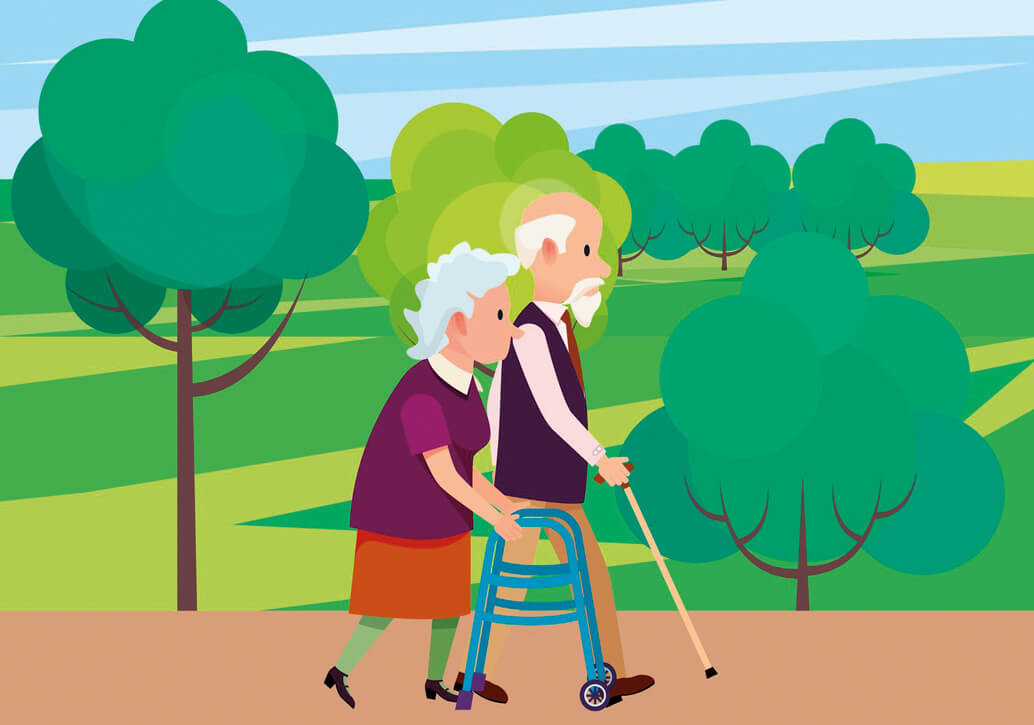By Judith A. Levy
Lately I’ve noticed more and more people out and about using walkers. Unlike previous iterations, some of these devices are now quite spiffy, come in a variety of colours, with or without seats, and have wheels and baskets.
One height doesn’t fit all
I’ve noticed, however, that walkers are all too frequently improperly adjusted for the height of the user. Walkers that are too short cause the individual to bend over while pushing. In addition, the elbow angle will be incorrect, putting strain on the forearms. Walkers can also be too high, putting strain on the shoulders. A physiotherapist or occupational therapist should be asked to adjust the walker to the correct height for safe use and maximum comfort.
Tennis balls on walkers
Standard aluminum frame walkers, often called Zimmer frames or walking frames, only work well when used indoors and on smooth surfaces. Many people place tennis balls on the back legs of the walker so that they slide more easily across the floor. However, the balls cause friction and make it difficult to propel the walker across carpeting or rough surfaces. This can also lead to decreased endurance.
Used outside, tennis balls wear out quickly from rough sidewalks. This leaves the metal end exposed, which in turn will damage floors and again increase resistance when using the walker on smooth surfaces. In addition, tennis balls pick up outside debris and carry it into the house.
If you still want to use tennis balls, be sure to check they haven’t worn-out and replace them if they have.
Better solutions
There are products on the market called walker glides (which look like small skis) and glide caps (hard plastic caps). Available in sets of two, from local pharmacies or online, they come in several sizes and snap into or onto the ends of walker legs. The size needed is dependent on the width of the walker tube.
These products help the user to maintain balance and stability, and allow the walker to be more easily propelled over all surfaces and thresholds. You might also consider switching to a rollator these are similar to walkers but have wide, stable, lightweight wheels, which in some models are removable.
Safe transfers
If your loved one is using a walker, please make sure they are doing so safely. Ask a therapist to demonstrate safe transfers, and remember to keep the walker within your loved one’s reach
so that they can take it when they’re ready to get moving!
Judith A. Levy, EdM, OTR, has been a practicing occupational therapist for more than 40 years. She has worked in geriatric care, homecare and paediatric developmental training programs, has been a lecturer and an instructor.













